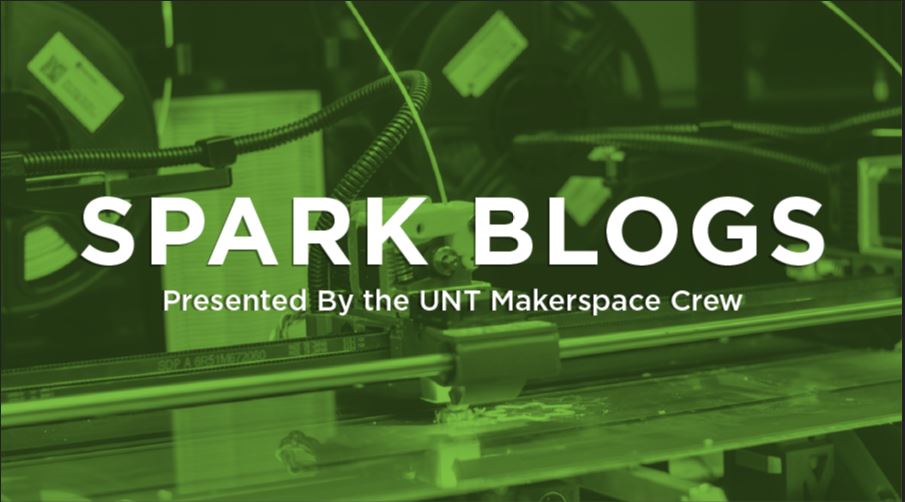Written By: S. Sparkman Spark Maker UNT Junior Media Arts
One of the tools available at The Spark is the MakerBot Digitizer. This device allows a user to take an everyday item that will fit on the scanner turntable and capture its likeness in 3D. How this scanner work is using lasers to project lines on the object, then a camera with a filter captures how the laser light deforms to the model. Slowly the model rotates on the turntable, and the camera captures every new line segment. In software, the different lines are stitched together, and your 3D model is complete.
Although 3D scanning may seem very new and high-tech, the idea and the technology has been in development for quite a while. 3D scanning started in the 60s thanks to new computing technologies. This type of scanning was very much in its infancy and took long hours for a not that great result. Later decades in the 80s and 90s when computers were developing faster. The push for a 3D scanner by the manufacturing and animation industry was at its highest. New techniques like line scanning used in the MakerBot Digitizer gave the scanners a better resolution. Faster computing and more memory space allowed software to capture more data and better details. Today, some of the best 3D scanners can capture the smallest detail up to thousands of an inch, all in full color.

